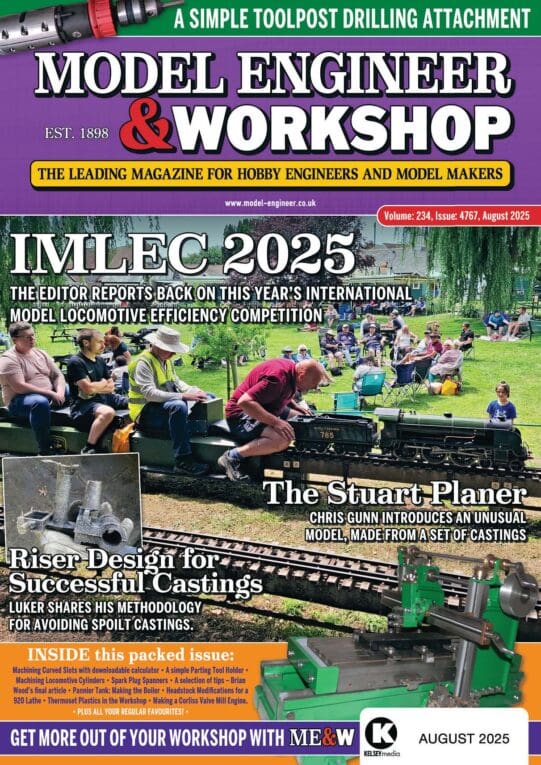In an ideal world, all engineers would abide by the modern definition, unpolluted by the slack alice terminology of the past! Unfortunately, technical English existed long before the importance of standardisation was realised, and even when the leadership understand the need, it’s extremely difficult to get a workforce to adopt anything new.
So today, we live in a world in which mixes formally defined technical terms, often international, with rafts of historic equivalents inherited from different trades, regions, and nations. The past was a god-damned mess, the present isn’t much better, and the future unlikely to fix it because most people hate change.
History matters in another way too, Many definitions have changed over time, thus what an apprentice was told in 1960 might have been obsolescent at the time, and is now plain wrong. But it’s hard for individuals to keep up to date, and even harder to overwrite what we were taught in our youth. Plus, those who need to understand the formal difference between a machine screw and a bolt are hugely outnumbered by ignorants who don’t care because their needs don’t require any extra understanding.
Yet another problem is the way technical English reuses the same words for other purposes. ‘File Handle’ is a cracking good example. In my workshop, this is a ‘file handle’:

This however is not only meaning of ‘file handle’, or even the most common! Googling ‘file handle’ is unlikely to find ‘our’ definition, instead much more likely to find a definition like this:
A file handle, in the context of technology, refers to a unique identifier for a file or a data resource used by an operating system or a software application. It is typically an integer value that allows programs to access and manage files efficiently without directly interacting with the file system. By using a file handle, the program can read, write, or manipulate the file, depending on the permissions granted.
My workshop probably has less than 30 handles attached to files. Typing this post, my computer currently has 277,337 open files, each of which is managed internally by the operating system with a file handle. Computer file handles are big business, what they do under the bonnet is complicated, and all computers and the internet depend entirely on them.
May not be sensible to conflate wooden file handles with software file handles, and yet here we are! The computer usage of the term is derived from ‘our’ workshop meaning in that ‘handle’ suggests a way of controlling a tool. It’s just that the computer tool is a hideously complicated software artifact, not a length of steel with hardened teeth cut in it.
Dave
 File Handle.
File Handle.





